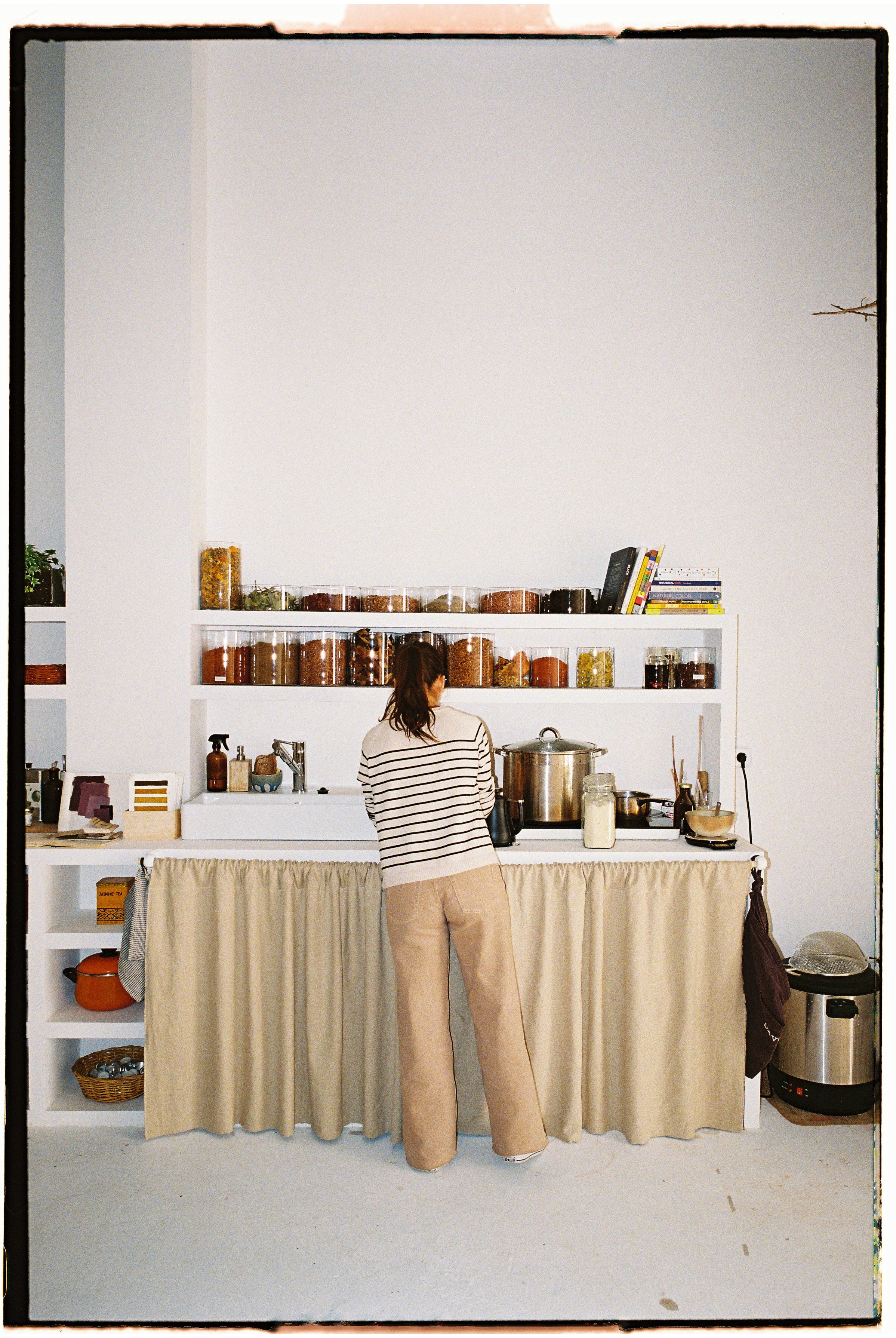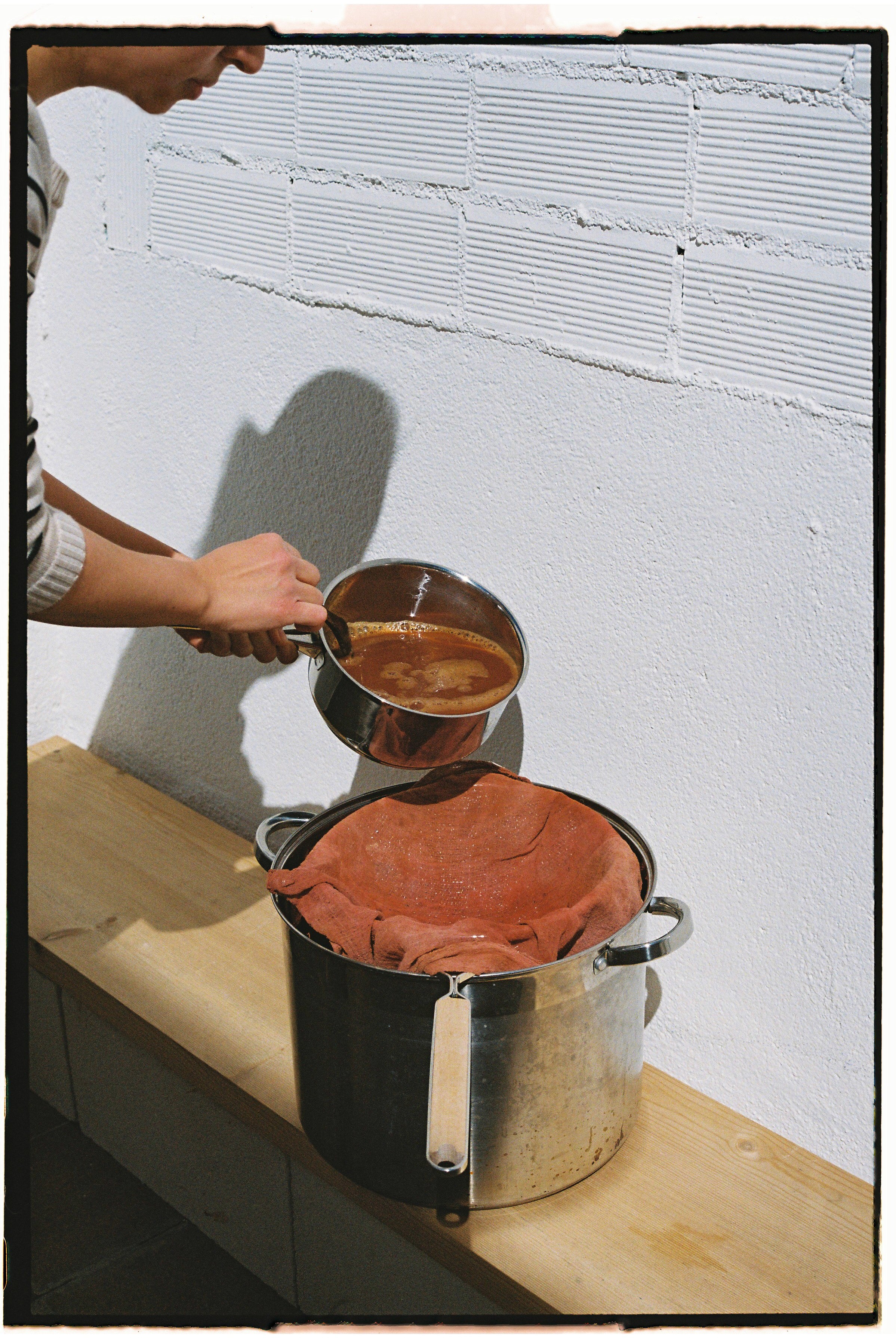Natural dyes exist all around us. They might not be obvious at first sight, but you just need to know where to look, some basic concepts of alchemy, and a whole world of colors will magically appear. If there’s a plant, there’s a potential dye, something that humans learned very early in history. Nearly all plant material is a potential source of color to dye: flowers, leaves, barks, berries, nuts, mushrooms. Common marigolds and weld can turn into yellow; carrot tops would make pale greens; walnuts will create shades of brown; madder roots produces beautiful red hues; poppies and hibiscus flowers will turn into pink; beets, blueberries, and grapes tend to purple; indigo makes blue. The list of dyeing plants is seemingly endless, as it is the range of colors that can be found in nature. You can get into the wild if you know which ones will work, grow yourself a dye garden or look at your kitchen’s scraps –avocado pits and onion peels, for example. We can find and create beauty anywhere around us.














